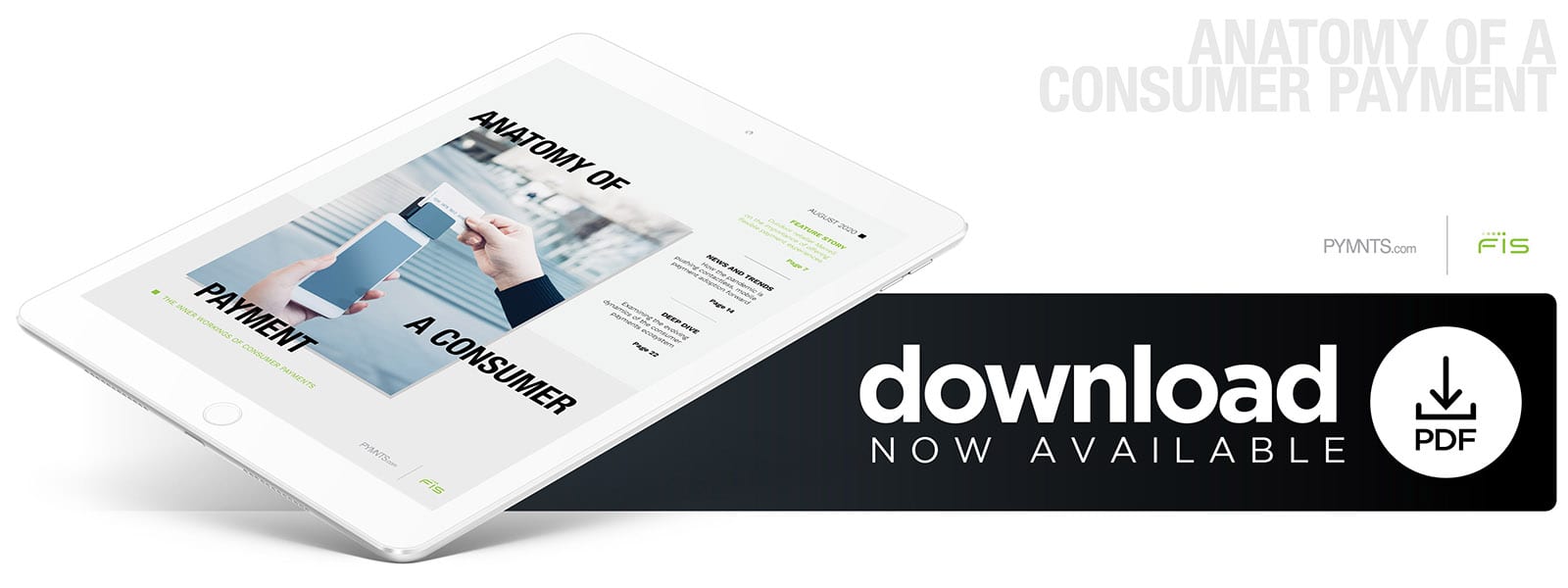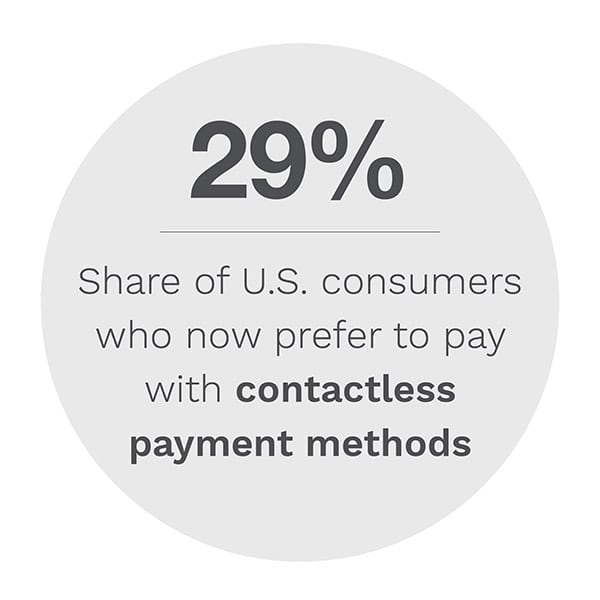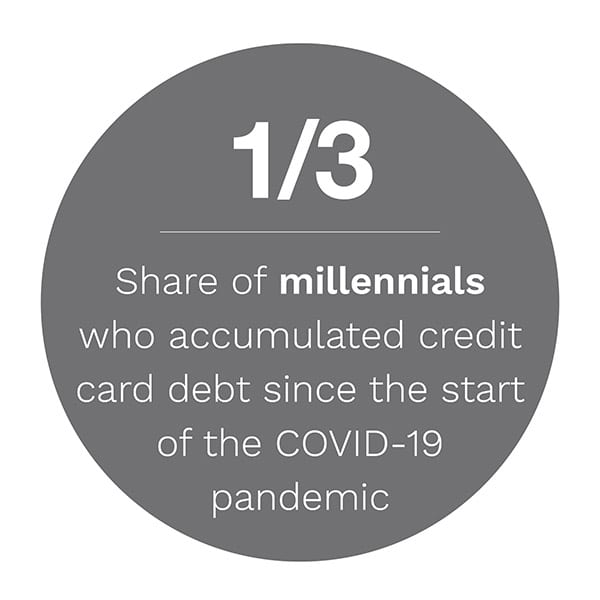
 What consumers want from their payments experiences can change depending on where they are shopping, what they are buying and whether their purchases are based on needs or whims.
What consumers want from their payments experiences can change depending on where they are shopping, what they are buying and whether their purchases are based on needs or whims.
Merchants are used to pivoting to keep up with these demands, but today’s payments ecosystem is growing increasingly complex. This is making it much more difficult for retailers to support every possible payment combination.
 The ongoing pandemic is raising the stakes for retailers, too, as consumers eye payment methods such as QR codes and contactless payments that are swifter than more traditional standbys like cash. One recent study found that 61 percent of U.S. cardholders said it was “at least somewhat” important to be able to make contactless payments with their cards, for example.
The ongoing pandemic is raising the stakes for retailers, too, as consumers eye payment methods such as QR codes and contactless payments that are swifter than more traditional standbys like cash. One recent study found that 61 percent of U.S. cardholders said it was “at least somewhat” important to be able to make contactless payments with their cards, for example.
Other recent reports point to the skyrocketing popularity of mobile shopping and payments during the global health crisis, marking the acceleration of a trend that was occurring even before the pandemic began. This has led merchants to reconsider which payment options they offer — and why — to keep pace with consumers who are now seeking a growing variety of options when they check out online and in stores.
In The Anatomy Of A Consumer Payment Playbook: The Inner Workings Of Consumer Payments Edition, PYMNTS takes an in-depth look at just how significantly the world of consumer payments has changed recently, especially during the ongoing pandemic. The Playbook also examines what this means for the future of payments as well as what retailers and their payment partners must do to remain competitive.
Merrell On Meeting Consumers’ Newfound Need For Fas ter, Flexible Payment Experiences
ter, Flexible Payment Experiences
Retailers are used to coming up with ways to engage existing customers and appeal to new ones, from beefing up their product inventories and interacting with users on social media to offering sales and deals to drum up interest. Many consumers may still abandon their carts at the crucial moment if they do not have similarly seamless checkout experiences, however.
Ensuring that the checkout and payments experiences are seamless can thus go a long way toward turning new customers into regular buyers, Rachel Wilkie, senior director of eCommerce for online outdoor and footwear retailer Merrell, said in a recent PYMNTS interview.
To learn more about why creating seamless payment experiences in every channel is critical for merchants, visit the Playbook’s Feature Story.
Deep Dive: Analyzing Consumer Payments’ Inner Workings
 Consumers have continued to flock to eCommerce shopping channels during the pandemic, and many are leaving older, more traditional payment methods behind. One recent survey found that 63 percent of consumers are using less cash than ever to make their transactions, for example, while another study found that the overall value of digital payments worldwide will likely reach $4.4 trillion by the year’s end.
Consumers have continued to flock to eCommerce shopping channels during the pandemic, and many are leaving older, more traditional payment methods behind. One recent survey found that 63 percent of consumers are using less cash than ever to make their transactions, for example, while another study found that the overall value of digital payments worldwide will likely reach $4.4 trillion by the year’s end.
Merchants themselves must also keep up with this shift by leaning into online and mobile payment methods that are steadily becoming more popular. This also means they must be prepared for how these changes may affect the long-term future of payments and commerce.
To learn more about how the pandemic has affected consumers’ payment preferences and how merchants can keep up, read the Playbook’s Deep Dive.
About The Playbook
The Anatomy Of A Consumer Payment Playbook, an FIS and PYMNTS collaboration, takes a data-driven look at how consumer payments are processed and what technologies and upcoming innovations can optimize payment flows. The Playbook series also examines recent trends in the payments space to provide financial institutions and merchants with a complete guide to the ins and outs of consumer payments and to offer them a roadmap for navigating these challenges